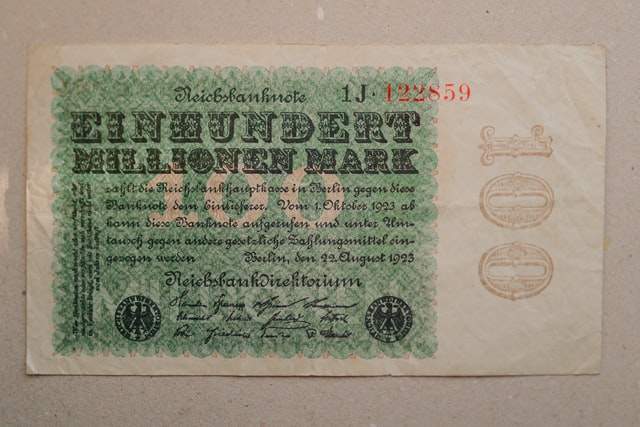Winter and cold temperatures can be the biggest threat for a tire and drivers due to the pressure of tires and changes in performance which must be monitored.
The precise PSI amount that your tires will be contingent on the specifications of your car; however, the standard is for the tire pressure to fall between 35 PSI in winter months. This will allow your tires to maintain their optimal pressure levels to provide better safety, performance in driving and energy efficiency.
As Winter approaches, it is essential to determine what the ideal tire pressure is so you get the best performance from your vehicle. Pressures for tires vary greatly based on what type of tire and the driving conditions. This guide will assist you in understanding the changes in tire pressure during various seasons and what that means for your tires.
If you’ve ever been driving during Winter, and your tire pressure indicator came on, you’ve experienced the feeling of your tire losing air due to the cold temperatures. In this article, you will discover how to correctly inflate your tires to ensure that they drive safely during winter months.
What is the proper tire pressure in Winter?
Many people are unaware of the pressure that their tires require during different seasons. The majority of drivers, particularly those who don’t know how to measure the tires’ pressures, likely over-inflate them to compensate for the loss of traction when driving on ice or snow.
This is why it is advised to maintain the pressure of your tires between 30 to 35 PSI during Winter. This will enable you to navigate through slippery roads without sliding or getting out of control.
The primary reason is that snow and ice over the surface can create challenges in maintaining the correct tire pressure. In addition, maintaining this pressure also helps to keep your car safe from damage when you come across a patch of snow or ice.
The tire pressure should range between 30 to 35 PSI during Winter to ensure your car can run on snow-free roads. This is because when pressure is lower, the tires will be more likely to become trapped or create hydroplaning, which could lead to the vehicle losing control.
By keeping this tire pressure, Your tires will be more durable. If you drive with underinflated tires, you’ll run the possibility of having flat tires or other issues with your vehicle.






